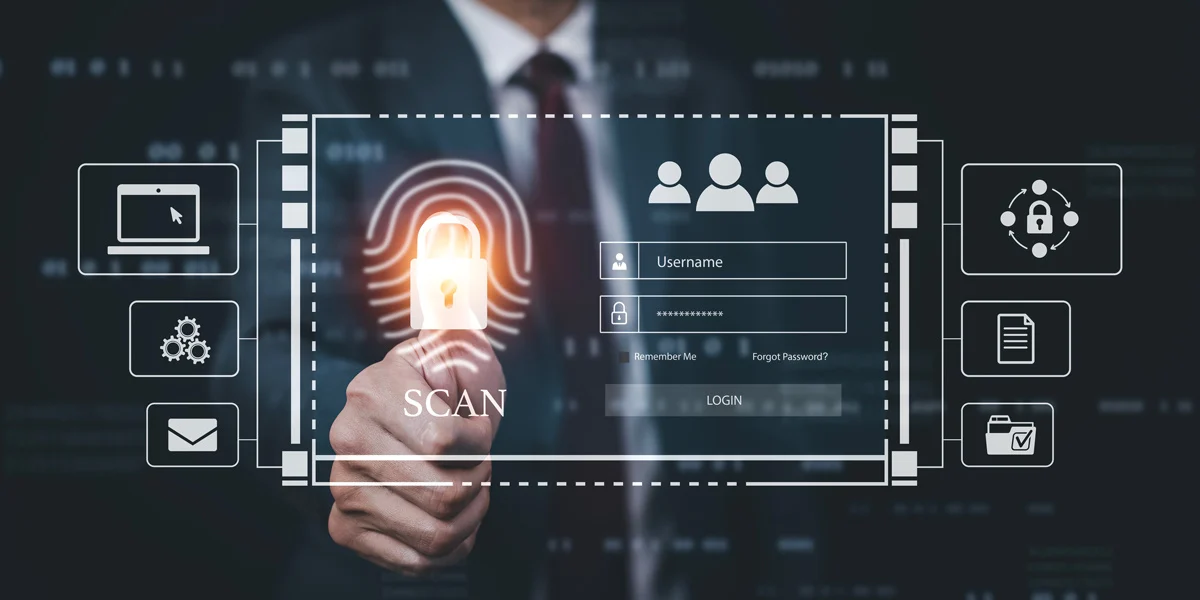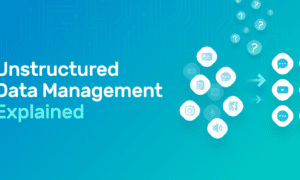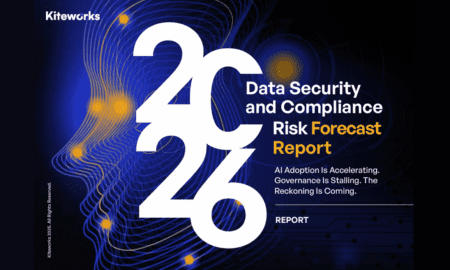Introduction
In today’s digitally connected world, IT security is no longer just a technical requirement, it’s a business necessity. With employees, contractors, and partners accessing company resources from multiple devices and locations, organizations face growing challenges in safeguarding sensitive information. This is where identity management solutions come into play. These systems verify user identities, control access to resources, and help organizations meet regulatory compliance requirements.
By implementing a robust identity management framework, IT teams can ensure that only authorized users can access the right resources at the right time, minimizing the risk of data breaches and operational inefficiencies.
What Is Identity Management?
Identity management (IDM) is the framework of policies, processes, and technologies used to manage digital identities. It involves creating, maintaining, and monitoring user accounts while ensuring that authentication and access controls are enforced across all systems.
In simple terms, IDM answers the questions:
- Who is trying to access the system?
- What are they allowed to do?
- How can we ensure their access is legitimate?
Modern identity management solutions integrate with cloud services, on-premise systems, and hybrid environments, making them essential for businesses of all sizes.
Why IT Needs Identity Management Solutions
IT departments face increasing complexity in managing user identities. Without proper systems, organizations risk:
- Unauthorized access: Cybercriminals can exploit weak authentication.
- Data breaches: Exposed credentials are one of the leading causes of security incidents.
- Compliance violations: Regulatory frameworks like GDPR, HIPAA, and ISO 27001 require strict identity control.
- Operational inefficiency: Manual account provisioning wastes valuable IT resources.
Identity management solutions automate user lifecycle management, enforce access policies, and provide visibility into account activities. This not only improves security but also enhances productivity across departments.
Key Components of an Effective Identity Management Solution
A modern IDM system is more than just a password database. Core features include:
- User Provisioning and De-provisioning
- Automatically create and remove user accounts when employees join or leave the organization.
- Automatically create and remove user accounts when employees join or leave the organization.
- Authentication and Authorization
- Support for multi-factor authentication (MFA) and role-based access control (RBAC).
- Support for multi-factor authentication (MFA) and role-based access control (RBAC).
- Single Sign-On (SSO)
- Enable users to log in once and access multiple applications without repeated logins.
- Enable users to log in once and access multiple applications without repeated logins.
- Password Management
- Provide self-service password reset and enforce strong password policies.
- Provide self-service password reset and enforce strong password policies.
- Directory Services Integration
- Sync with systems like Active Directory or cloud identity providers.
- Sync with systems like Active Directory or cloud identity providers.
- Audit and Compliance Reporting
- Maintain logs of user activity for regulatory audits.
Benefits of Implementing Identity Management Solutions
- Enhanced Security
- Strong authentication methods prevent unauthorized access.
- Strong authentication methods prevent unauthorized access.
- Improved Productivity
- Users spend less time logging in, and IT teams spend less time managing accounts.
- Users spend less time logging in, and IT teams spend less time managing accounts.
- Regulatory Compliance
- Automated reporting ensures adherence to data protection regulations.
- Automated reporting ensures adherence to data protection regulations.
- Cost Savings
- Reduced helpdesk calls for password resets and fewer manual processes lower operational costs.
- Reduced helpdesk calls for password resets and fewer manual processes lower operational costs.
- Scalability
- Easily add or remove users as the organization grows.
The Role of Identity Management in Cloud and Remote Work
With cloud adoption and remote work becoming the norm, businesses must secure access to resources that are no longer confined to a corporate network. Identity management solutions ensure that:
- Remote workers use secure authentication methods.
- Access to cloud applications is monitored and controlled.
- Data is protected regardless of where the user is located.
The rise of Zero Trust Security where every access request is verified has made identity management the first line of defense in IT infrastructure.
Best Practices for Choosing the Right Identity Management Solution
When selecting an IDM platform, IT leaders should consider:
- Integration capabilities with existing systems and applications.
- Scalability to support future growth.
- User experience to ensure adoption without resistance.
- Security features like MFA, adaptive authentication, and anomaly detection.
- Vendor reputation and customer support.
Solutions like Multiplier provide organizations with advanced identity and access management tools designed to enhance IT efficiency and security.
Future Trends in Identity Management
- AI-Driven Authentication
- AI will enhance fraud detection by analyzing behavioral patterns.
- AI will enhance fraud detection by analyzing behavioral patterns.
- Passwordless Login
- Biometrics and secure tokens will replace traditional passwords.
- Biometrics and secure tokens will replace traditional passwords.
- Decentralized Identity
- Blockchain-based identity systems will give users more control over their data.
- Blockchain-based identity systems will give users more control over their data.
- Continuous Authentication
- Ongoing verification during a user’s session will prevent unauthorized actions.
Conclusion
Identity management solutions have become an indispensable part of modern IT infrastructure. They help businesses control access, secure sensitive data, and comply with regulatory standards. As cyber threats evolve, organizations that invest in advanced IDM systems will be better prepared to protect their assets, support remote work, and maintain operational efficiency.
By integrating tools like Multiplier, companies can streamline identity management while strengthening their security posture for the digital age.
FAQs
- What is the main purpose of identity management solutions?
They control user access to IT resources, ensuring that only authorized individuals can access specific systems, applications, and data. - How does identity management improve security?
It enforces strong authentication, tracks user activity, and automates account provisioning, reducing the risk of unauthorized access. - Is multi-factor authentication part of identity management?
Yes. MFA is a key feature that adds an extra layer of security to user authentication. - Can identity management work with cloud applications?
Absolutely. Most modern IDM solutions integrate with cloud-based tools, enabling secure remote access. - What industries benefit most from identity management solutions?
Any industry handling sensitive data such as healthcare, finance, and government can benefit from implementing IDM systems.

































